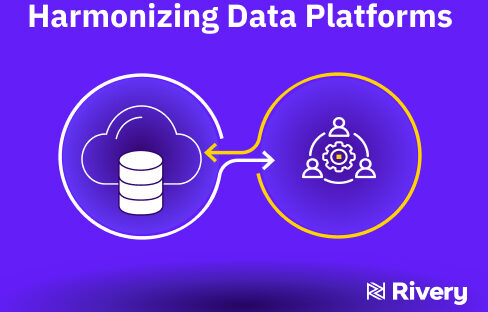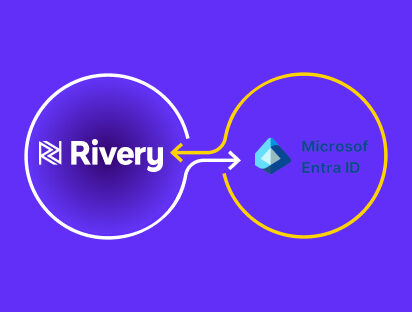More and more, ELT platforms are touting data orchestration capabilities to potential buyers.
Although ELT platforms often advertise automated data workflows, many still only offer partial data orchestration. Buyers on the hunt for a superior ELT platform still must sift through the market to identify solutions with full data orchestration.
But fear not! We’ve already done the hard part for you. In our latest eBook – The Ultimate ELT Buyer’s Guide – we outlined all the key features an ELT platform needs to perform full data orchestration.
Read this excerpt to learn what buyers should keep an eye out for.
Full Data Orchestration:
What it Takes to Automate the Entire ELT Process
Data orchestration refers to the end-to-end automation of the ELT process. For many teams, data orchestration speeds up data projects, cuts costs, and empowers workers to focus on tasks that matter.
But data orchestration is not just a function of automation. Data orchestration workflows must also perform each data integration phase – extract, load, and transform – robustly and efficiently in order to offer competitive advantages.
When searching for a platform, buyers should break down the ELT phases, and ensure that each offers the powerful capabilities needed to facilitate full data orchestration.
Here are some important features to look for:
- Extract – Building data connectors from scratch, or spending significant amounts of time integrating data sources, undercuts seamless data orchestration. That’s why buyers should search for solutions with pre-built, plug-and-play data connectors that allow teams to connect to data sources immediately. Ideally, the solution will also offer a mechanism for easily adding custom data sources.
- Load – In order to optimize data orchestration, a solution must harness replication methods such as change data capture (CDC). CDC instantly and automatically syncs source data with a target database. These instantaneous updates, and incremental data loading, facilitate automated data transfers and lay the groundwork for a successful business technology stack.
- Transform – Transformation abilities vary widely between solutions. But the platforms with the most advanced offerings ensure that data workflows can produce fully transformed data. Buyers should look for solutions that can automate postload transformations through SQL, with full downstream capabilities, including building dependencies.
These are some of the powerful ELT abilities that facilitate data orchestration. But the best platforms often go a step further by introducing features that are specifically designed to execute data orchestration workflows.
These features, using methods such as logic pipelines, enable teams to automate data workflows – from data ingestion, to SQL-based transformations – without any manual intervention whatsoever.
Download the ELT Buyer’s Guide to Learn More
Many ELT solutions claim to offer full data orchestration. By using the criteria in our guide, teams can separate half measures from the real deal. But while data orchestration is critical for success, there are also many other capabilities teams should search for when choosing an ELT platform.
Download Full Guide
Get a complete overview of everything you need to look for in an ELT platformCan't miss insights
Minimize the firefighting. Maximize ROI on pipelines.





